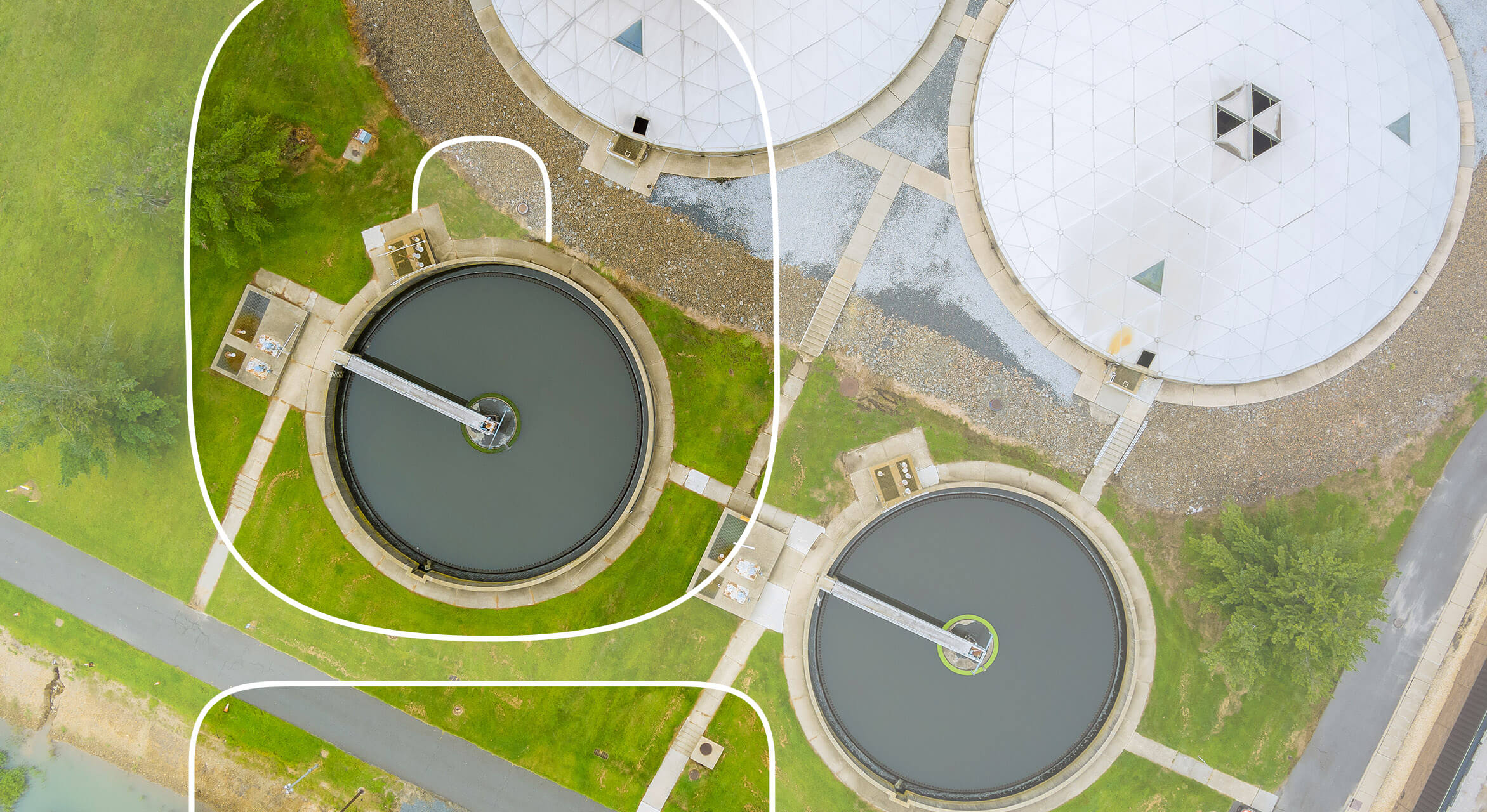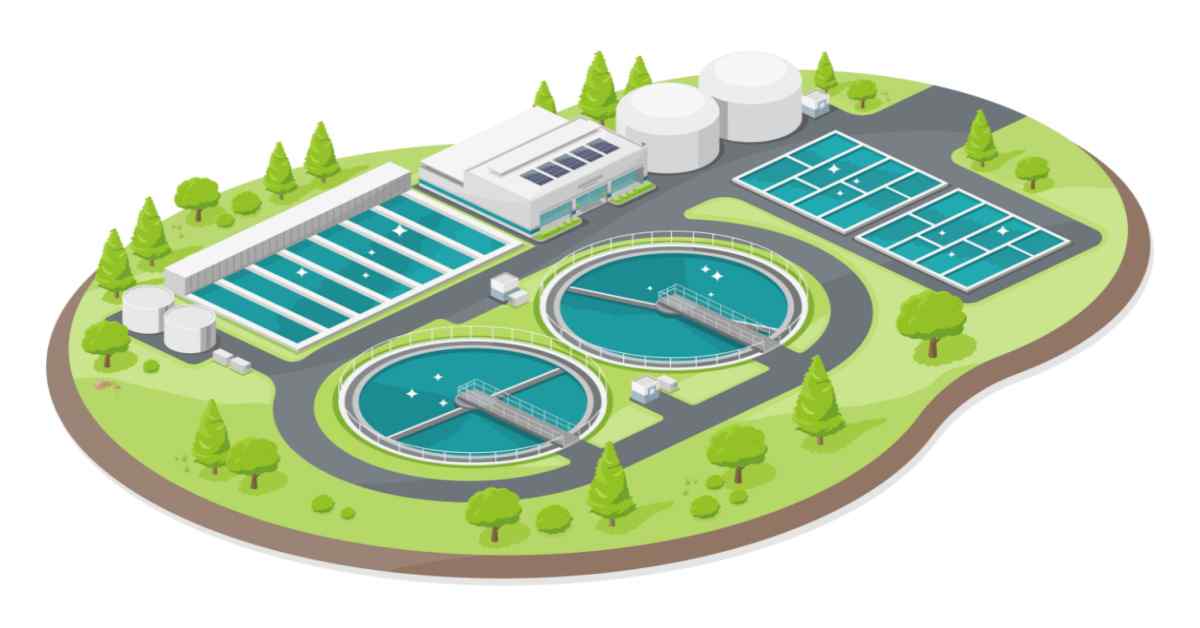Expert Tips on Designing Custom Wastewater Management Plans
Expert Tips on Designing Custom Wastewater Management Plans
Blog Article
Understanding Wastewater Therapy Processes and Their Environmental Effect
The intricacies of wastewater treatment procedures play a pivotal function in mitigating ecological difficulties linked with water pollution. Each stage, from initial to advanced treatments, is made to deal with specific contaminants, eventually guarding both public health and water ecosystems. In spite of technical innovations in therapy efficiency, significant difficulties continue, consisting of the monitoring of recurring contaminants and the implications of nutrient runoff. As we explore the complexities of these procedures, it comes to be important to question how far current techniques can develop to meet the growing needs of sustainability and environmental preservation.
Summary of Wastewater Treatment
Just how is wastewater changed into a safe source for the setting? Wastewater treatment is an essential procedure designed to eliminate contaminants from utilized water, consequently protecting public health and wellness and protecting communities. This procedure begins with the collection of wastewater from residential, industrial, and business sources, which is then guided to therapy facilities.
At these centers, different physical, chemical, and biological approaches are utilized to deal with the wastewater. Preliminary screening gets rid of large particles, complied with by sedimentation to different much heavier solids. Subsequently, organic treatments, such as triggered sludge processes, use microorganisms to damage down raw material. These methods not just reduce toxin levels however also assist in the recovery of useful nutrients.
The dealt with effluent can be safely discharged right into all-natural water bodies or reused for irrigation and commercial purposes, promoting source preservation. Additionally, the treatment procedure generates biosolids, which can be repurposed as fertilizers or dirt modifications, further improving sustainability.
Phases of Treatment Processes
The wastewater treatment procedure typically is composed of 3 key stages: preliminary, main, and second therapy. Each stage serves an unique duty in lowering the pollutant tons and making certain the effluent fulfills environmental standards before discharge.

The main treatment stage concentrates on the physical splitting up of put on hold solids from the wastewater. Via sedimentation, larger fragments settle at the end of sedimentation tanks, forming sludge, while lighter materials, such as oils and greases, float to the surface and are skimmed off. This procedure significantly reduces the natural and not natural tons in the wastewater.
Additional therapy is an organic process intended at additional reducing the focus of organic issue. This stage is essential for attaining the needed biochemical oxygen demand (BODY) reduction, inevitably leading to cleaner effluent prepared for discharge why not try this out or more therapy.

Advanced Treatment Technologies
Adhering to the secondary therapy processes, progressed treatment innovations play a vital duty in further boosting the quality of dealt with wastewater. These technologies are created to remove recurring impurities that are not efficiently removed during main and second treatments, making certain the effluent meets rigid governing requirements.
Amongst the widely used innovative treatment methods are membrane layer purification, reverse osmosis, and advanced oxidation processes. Membrane layer purification, including microfiltration and ultrafiltration, works in dividing great particles, microorganisms, and colloids from the water (Wastewater). Reverse osmosis uses semi-permeable membrane layers to remove dissolved solids, leading to high-quality water appropriate for different applications
Advanced oxidation procedures (AOPs) use strong oxidants to deteriorate organic contaminants, consisting of drugs and individual treatment products that are resistant to conventional treatment. These techniques boost the biodegradability of intricate substances, promoting their elimination.
Another significant technology is the use of biological nutrient removal processes, which particularly target nitrogen and phosphorus, stopping eutrophication in getting water bodies. Generally, innovative therapy modern technologies are crucial for achieving higher degrees of filtration, advertising water reuse, and guarding public wellness while attending to the obstacles connected with wastewater monitoring.
Ecological Advantages of Treatment
Various environmental benefits arise from reliable wastewater therapy procedures that add to ecosystem health and sustainability. Primarily, these processes significantly decrease the release of hazardous pollutants right into all-natural water bodies, which helps maintain water communities. By removing impurities such as heavy metals, nutrients, and virus, treated wastewater alleviates the threat of visit here waterborne conditions and advertises biodiversity in marine environments.
Furthermore, wastewater therapy facilities usually utilize innovative technologies that allow water recycling and reuse. important link This technique not only saves freshwater resources however additionally minimizes the need on all-natural water supplies. Boosted nutrient elimination from wastewater can likewise stop eutrophication, a procedure that results in algal flowers and subsequent oxygen deficiency in marine systems.
Furthermore, reliable treatment procedures can minimize greenhouse gas discharges, particularly methane and nitrous oxide, which are often launched during neglected wastewater decomposition. By capturing and making use of biogas from anaerobic digesters, facilities can convert waste right into sustainable power, therefore adding to a reduction in nonrenewable fuel source reliance.
Obstacles and Future Trends
While the environmental advantages of wastewater treatment are clear, numerous obstacles linger that hinder optimum results in this field. One major concern is maturing facilities, which frequently causes inadequacies and boosted operational expenses - Wastewater. Many treatment plants were made decades ago, and their abilities do not align with modern-day demands, that include stricter regulative standards and higher volumes of wastewater due to urbanization

Looking in advance, there is a growing emphasis on resource recovery and circular economy concepts within wastewater treatment. Advancements such as anaerobic food digestion, which can create biogas, and progressed filtering technologies are gaining traction. These techniques not only enhance therapy performance however also promote sustainability.
Inevitably, addressing these challenges needs partnership amongst stakeholders, investment in modern technology, and a dedication to recurring research. By accepting these fads, the wastewater treatment market can progress to meet the needs of a changing environment and culture.
Final Thought
In verdict, wastewater therapy procedures play an essential duty in enhancing environmental quality and public health. The multi-stage treatment structure, paired with innovative modern technologies, properly minimizes air pollution and promotes sustainable water monitoring.
Report this page